
In times of economic uncertainty and large scale unemployment, job fairs provide an opportunity for large numbers of job seekers to identify employers who are hiring in one convenient location. Given recent circumstances, we are now seeing a rise in virtual job fairs, aiming to connect job seekers with prospective employers purely online. Virtual job fairs can take different forms ranging from a simple list of employers websites to live video presentations to scheduled one on one sessions.
While virtual job fairs serve a necessary purpose, they lack the hustle and bustle of an in-person event in which employers and job seekers can meet face-to-face for interviews, informative sessions, and assessments. Casual networking is particularly challenging given the limitations of current online tools like video and chat. Not surprisingly, attendees often describe the virtual job fair experience as frustrating and disjointed.
Virtual Reality (VR) presents an opportunity not only to improve the virtual job fair experience but also to redesign it from the ground up. Why meet in a conference hall behind a booth or table when employers can showcase a fully immersive version of their office as a way to highlight their company’s culture? Why just share a job description when you can have prospective employees engage with a simulation of the actual job? Why attempt to network across a video screen when VR provides an experience where dozens of people can connect with one another in an open, 3D environment? VR opens the door for creativity when it comes to recruitment and also provides job seekers unexpected benefits like anonymity if desired.
As with other applications, VR provides the closest experience to meeting in person of any technology available. Personalized avatars allow for subtle, nonverbal communication like gestures, directional gazing, and movements within 3D space. These types of interactions in a distraction-free, focused environment allow applicants and employers to conduct meaningful interviews and informative sessions in a way that closest replicates a real job fair.
Like other live events, VR presents an opportunity to explore new paradigms for remote events where the technology can not only replicate but push beyond the experience as it is today.


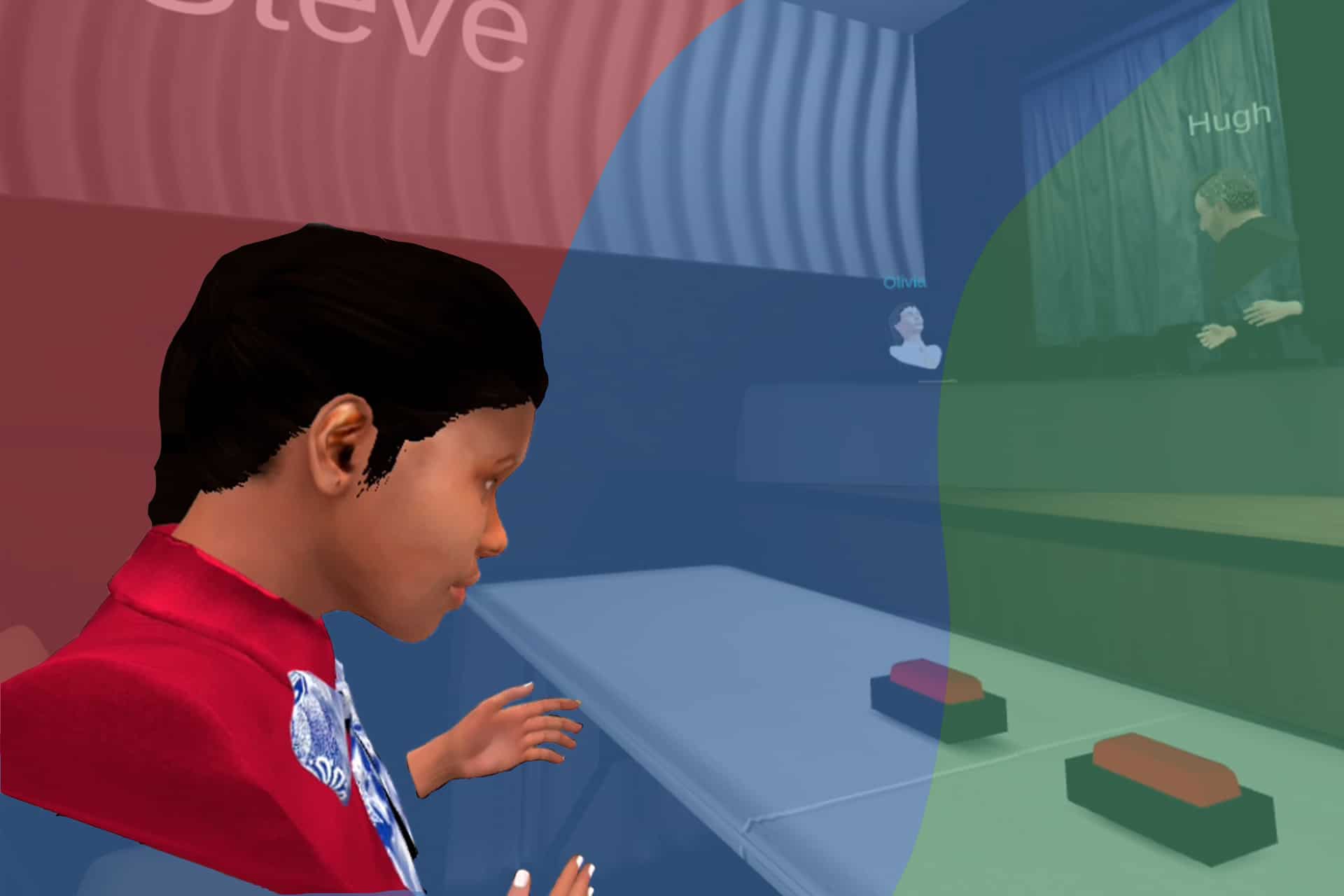




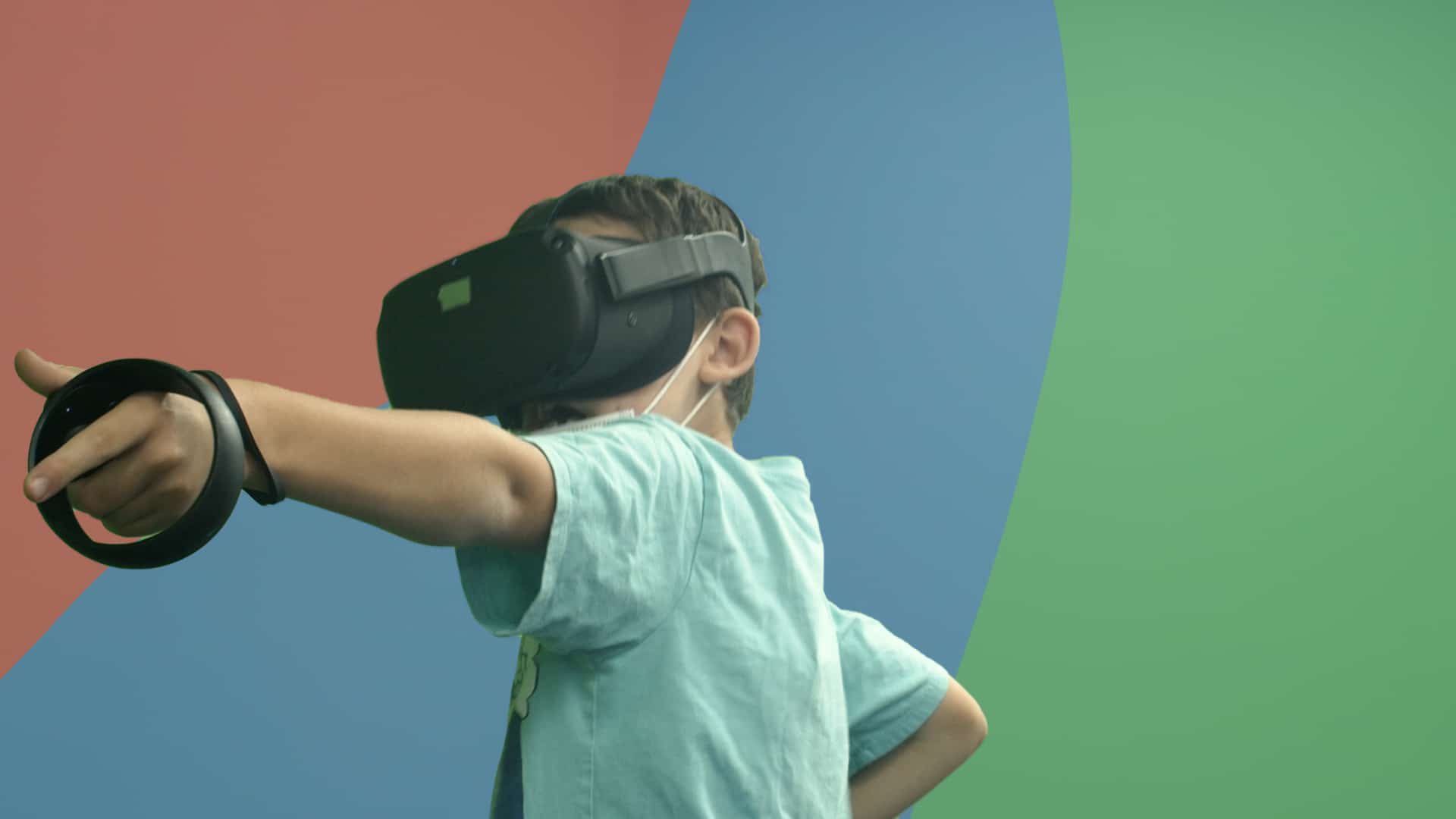

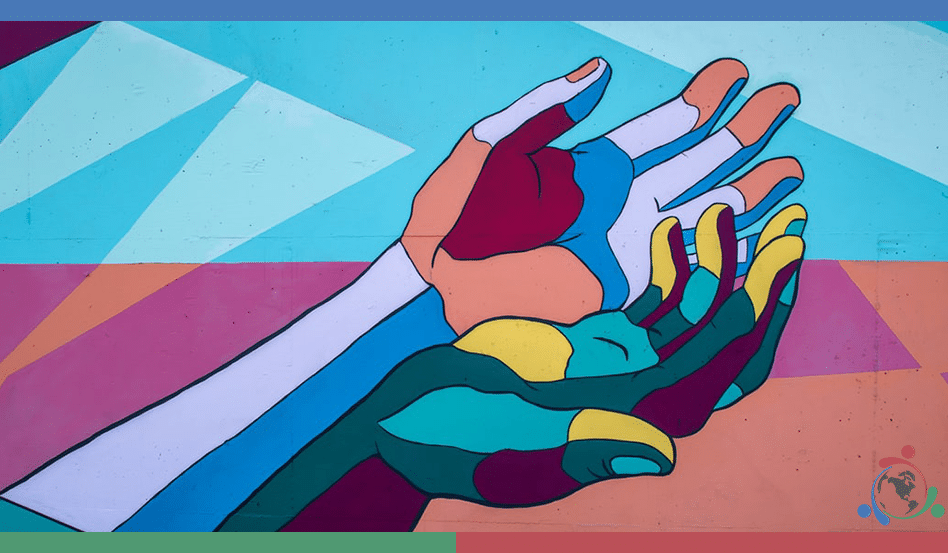

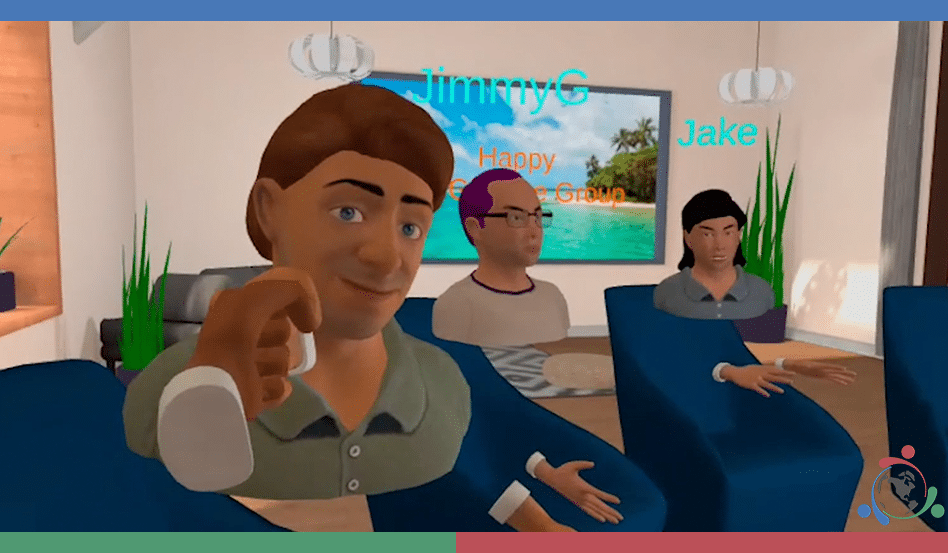





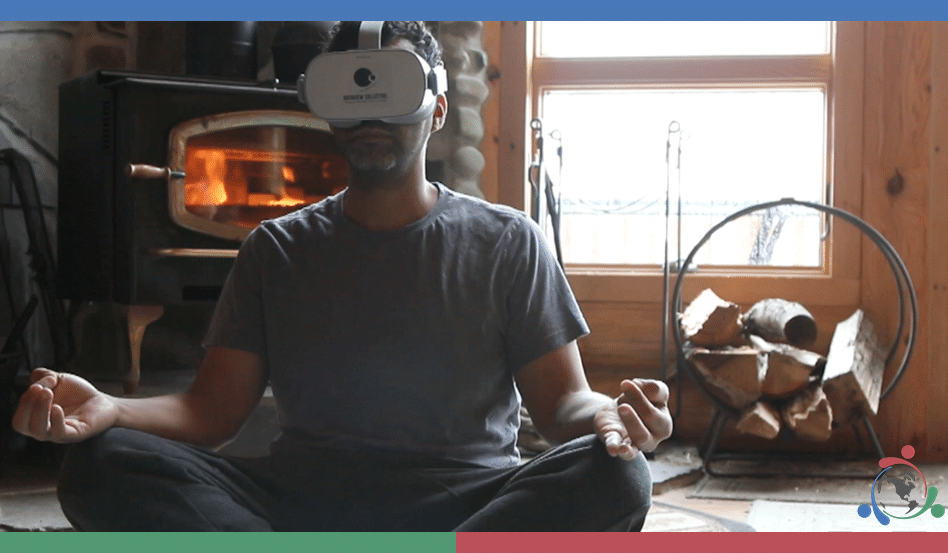
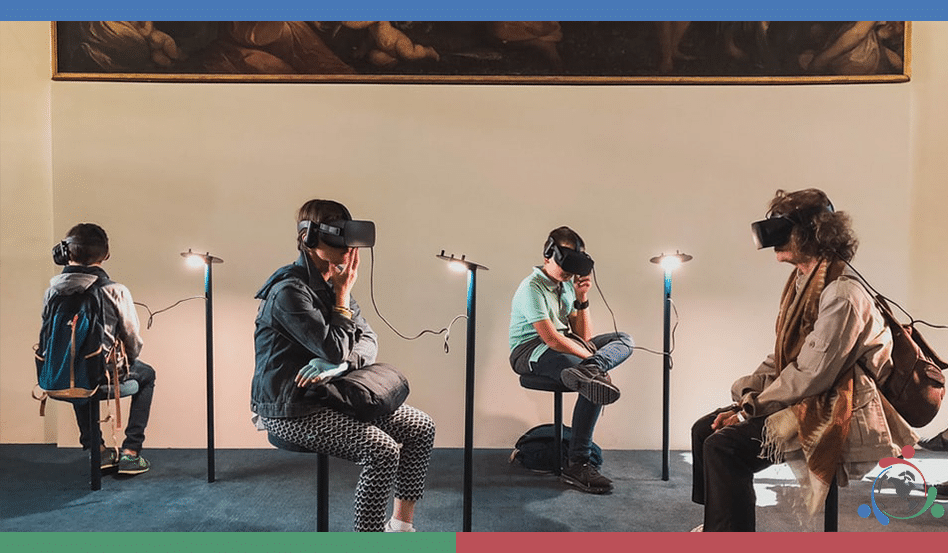







Recent Comments